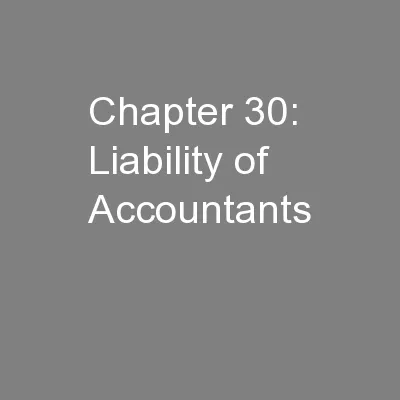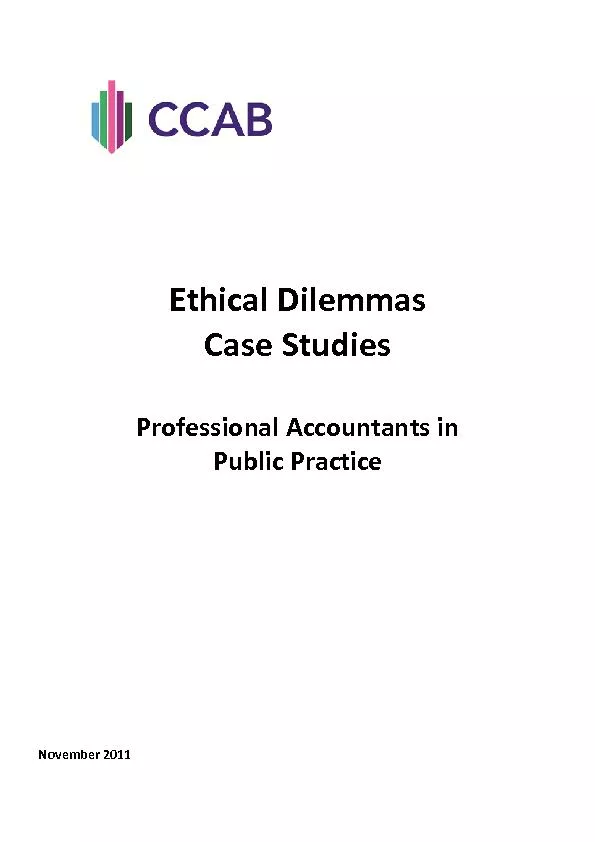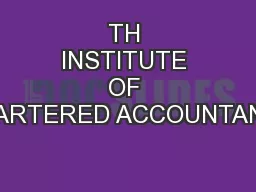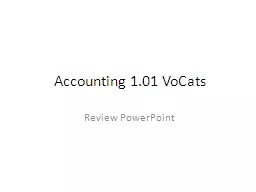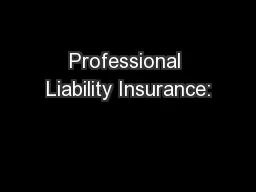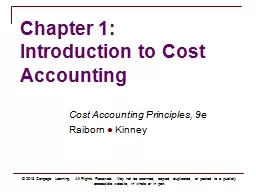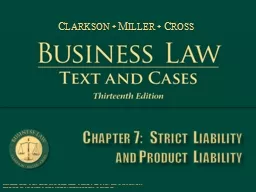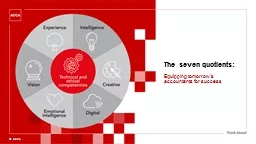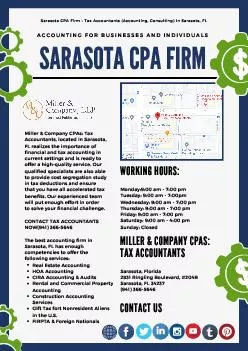PPT-Chapter 30: Liability of Accountants
Author : test | Published Date : 2016-12-04
and other Professionals 1 Learning Objectives Under what common law theories may professional be liable to clients What are the rules concerning an auditors liability
Presentation Embed Code
Download Presentation
Download Presentation The PPT/PDF document "Chapter 30: Liability of Accountants" is the property of its rightful owner. Permission is granted to download and print the materials on this website for personal, non-commercial use only, and to display it on your personal computer provided you do not modify the materials and that you retain all copyright notices contained in the materials. By downloading content from our website, you accept the terms of this agreement.
Chapter 30: Liability of Accountants: Transcript
Download Rules Of Document
"Chapter 30: Liability of Accountants"The content belongs to its owner. You may download and print it for personal use, without modification, and keep all copyright notices. By downloading, you agree to these terms.
Related Documents

